You’ll get the most reliable blood oxygen readings by focusing on three key areas. First, guarantee proper device placement by following manufacturer instructions, warming your hands, and removing nail polish or jewelry that can interfere with sensors. Second, choose devices with advanced signal processing technology like Signal Extraction Technology (SET) and motion compensation features for enhanced accuracy. Third, validate your device’s accuracy against clinical standards, expecting a 2-3% error margin with FDA-approved monitors. These fundamentals will help you discover ideal measurement techniques.
Ensuring Proper Device Placement and Environmental Conditions
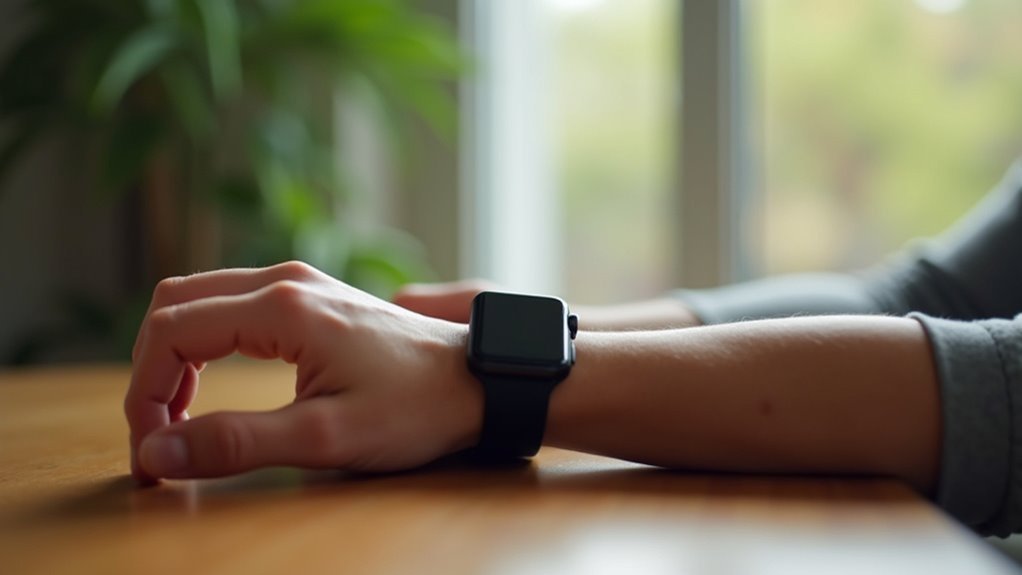
While blood oxygen monitors provide valuable health insights, their accuracy depends entirely on proper placement and ideal environmental conditions.
Accurate blood oxygen readings require precise sensor positioning and optimal environmental conditions to ensure reliable health monitoring results.
You’ll need to follow your device’s manufacturer instructions carefully, as placement varies between fingers, ears, nose, toes, or forehead depending on probe type. Don’t interchange probes—finger sensors won’t work accurately on ears or noses.
Temperature and humidity affect readings considerably, so make certain your hands are warm before finger measurements. Position the device below heart level to improve blood perfusion.
Avoid strong magnetic fields or interference sources that can distort readings. Create a quiet, stable environment and sit still for several minutes before measuring.
Remove nail polish and jewelry that might interfere with sensor contact, keeping your finger motionless throughout the process. Blood oxygen levels below 95% require investigation as they may indicate developing health concerns.
Selecting Devices With Advanced Signal Processing Technology
Beyond ideal placement and environmental control, the technology inside your blood oxygen monitor determines its fundamental accuracy and reliability.
You’ll want devices featuring Signal Extraction Technology (SET), which enhances accuracy during low perfusion conditions by isolating arterial signals from venous noise.
Look for monitors with machine learning integration that incorporates PPG signal features and advanced mathematical models for improved estimation.
Choose devices offering programmability and customization, allowing flexibility in signal processing algorithms for your specific needs.
High-performance amplifiers with best-in-class signal-to-noise ratios guarantee clear data transmission, while motion control features compensate for movement-related interference. Quality pulse oximetry technology should maintain consistent performance across diverse patient populations, from infants to seniors.
- Signal Extraction Technology – Isolates arterial signals from background noise in challenging conditions
- Machine Learning Integration – Uses PPG features and advanced algorithms for precise measurements
- Programmable Algorithms – Offers customizable signal processing for specific applications
- Motion Compensation – Reduces interference from patient movement during monitoring
Validating Accuracy Through Clinical-Grade Standards
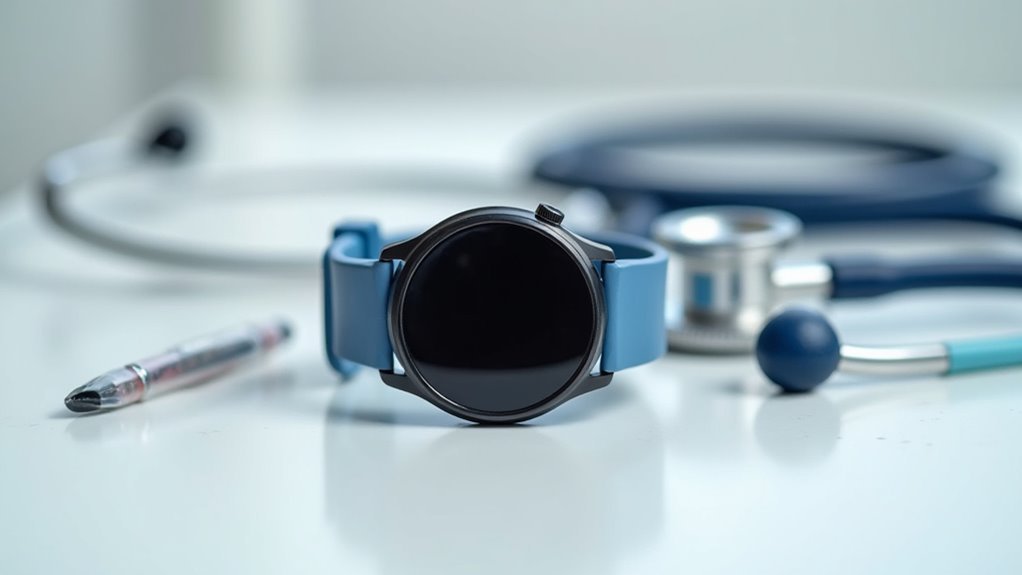
Once you’ve invested in advanced signal processing technology, you must validate your device’s accuracy against established clinical benchmarks to confirm reliable measurements.
Compare your device’s SpO2 readings directly to arterial blood gas (ABG) results, which serve as the clinical gold standard. Expect a 2–3% error margin even with FDA-approved devices.
Test your device across multiple oxygen saturation ranges, particularly below 95%, under controlled conditions.
Account for factors like poor perfusion, patient movement, and skin pigmentation that can affect accuracy. You’ll need steady physiological conditions and standardized positioning for valid results. External factors such as bright lights and nail polish can interfere with pulse oximeter readings and should be controlled during validation testing.
Cross-reference readings from multiple devices against ABG tests in diverse patient groups.
This thorough validation approach confirms your device meets regulatory standards and provides clinically reliable oxygen saturation measurements.
Frequently Asked Questions
How Often Should Blood Oxygen Devices Be Calibrated for Optimal Accuracy?
You don’t need to calibrate your blood oxygen device regularly since they’re factory-calibrated during manufacturing. Instead, focus on proper maintenance like keeping sensors clean and dry for ideal accuracy.
What Spo₂ Readings Indicate I Should Seek Immediate Medical Attention?
You should seek immediate medical attention if your SpO₂ drops below 92%. Levels under 90% indicate a medical emergency requiring urgent care, especially with breathing difficulties or worsening breathlessness symptoms.
Are Consumer Pulse Oximeters as Accurate as Hospital-Grade Devices?
Consumer pulse oximeters aren’t as accurate as hospital-grade devices. You’ll find they’re suitable for general wellness monitoring but shouldn’t rely on them for critical medical decisions requiring precise oxygen saturation measurements.
Can Medications or Medical Conditions Affect Blood Oxygen Reading Accuracy?
Yes, you’ll find that medications like vasoconstrictors, opioids, and beta blockers can affect readings. Medical conditions including anemia, COPD, cardiovascular disease, and poor circulation also impact your pulse oximeter’s accuracy considerably.
How Long Should I Wait Between Measurements for Consistent Results?
You should wait 15-30 seconds between measurements to allow your pulse oximeter to stabilize and reset. This prevents interference from previous readings and guarantees you’ll get consistent, accurate blood oxygen results.
In Summary
You’ll achieve reliable blood oxygen authentication by focusing on these three critical areas. Don’t overlook proper device positioning and environmental control—they’re fundamental to accurate readings. You should prioritize devices with sophisticated signal processing capabilities that can filter out interference and artifacts. Most importantly, you can’t compromise on clinical validation standards. When you implement these tips consistently, you’ll guarantee your authentication system delivers the precision and reliability your applications demand.

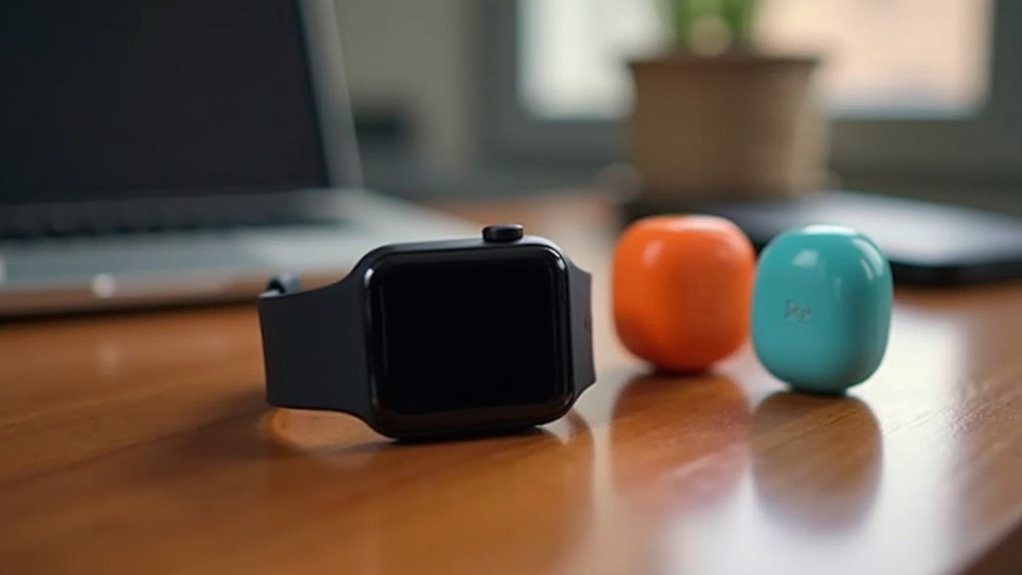
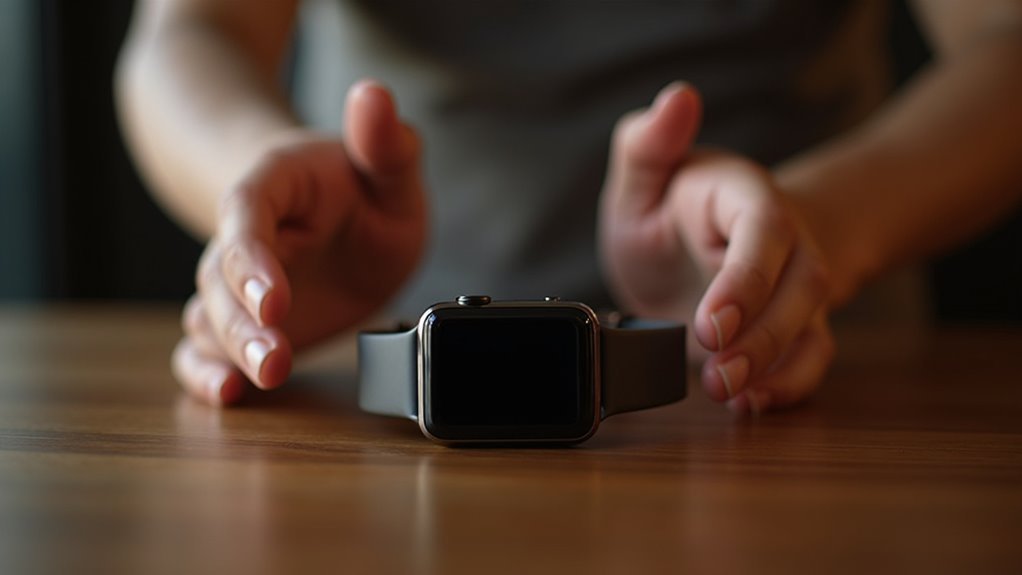
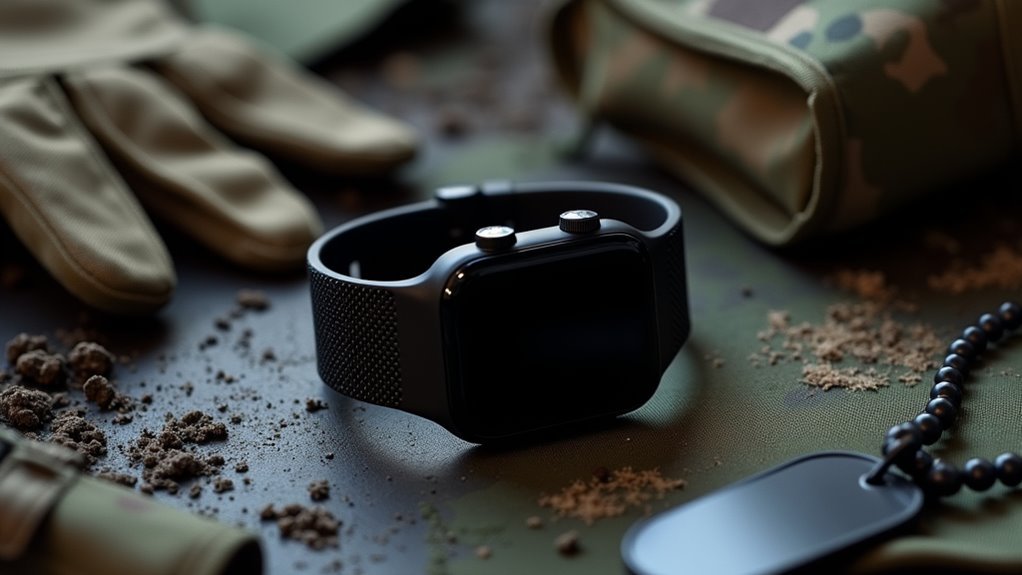
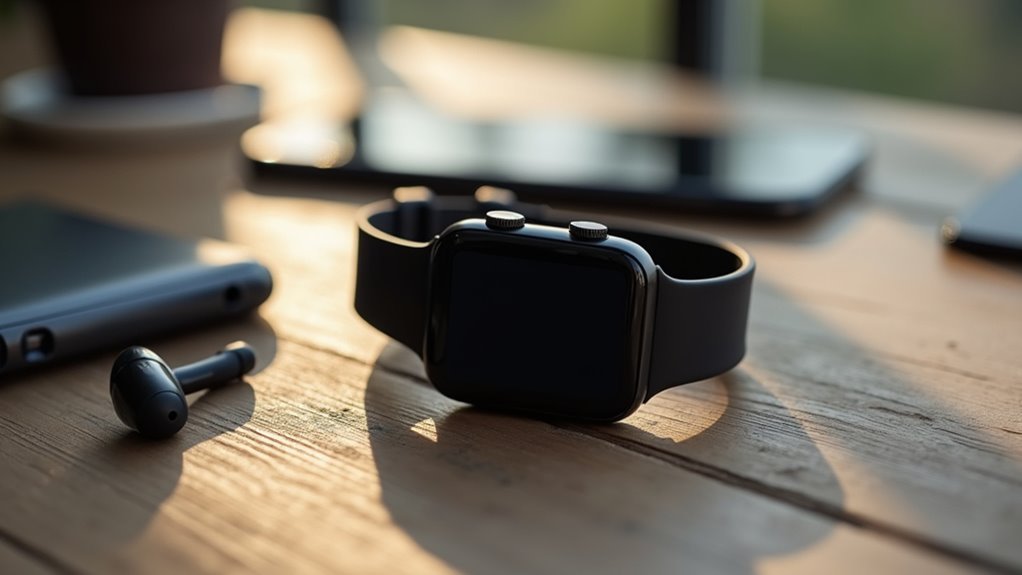
Leave a Reply